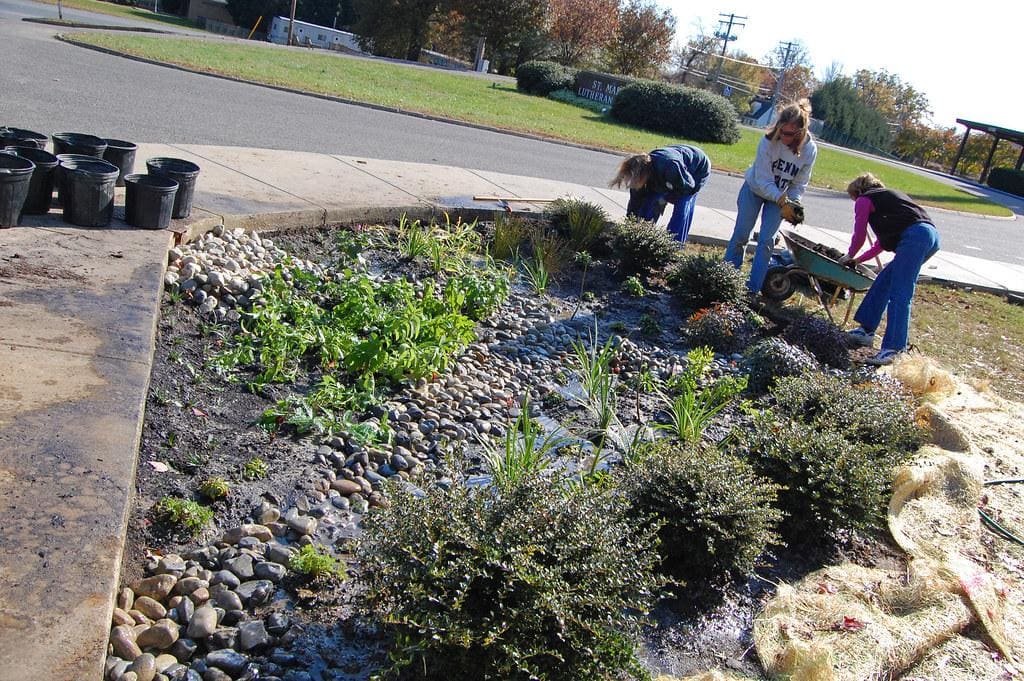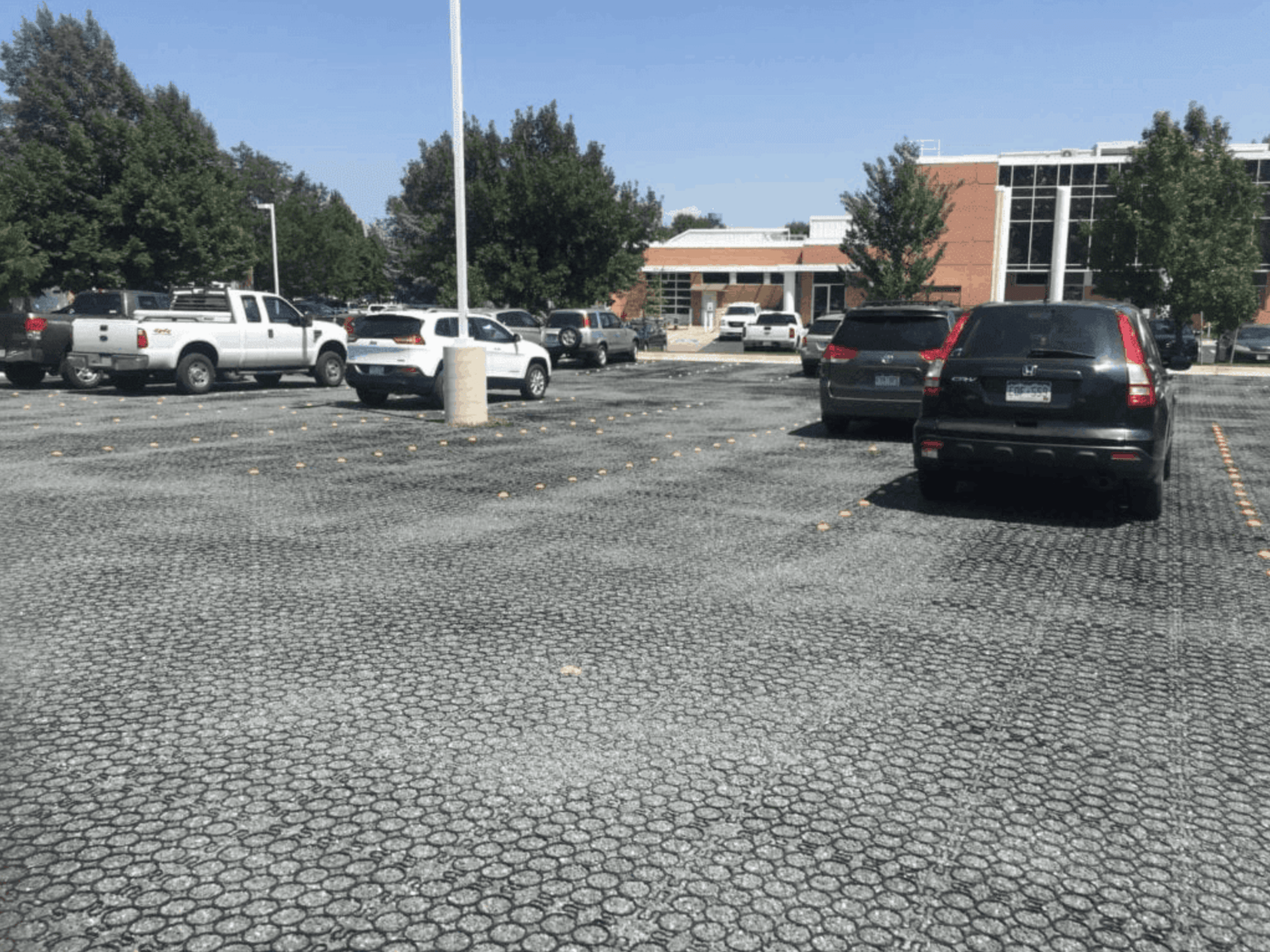Low impact development, or LID, is a method of developing the land that minimizes the disruption of natural water flow. It’s a method of stormwater management that allows developed land to work as naturally with Mother Nature as possible.
In case you’re in charge of developing a plot of land and you want it to be as eco-friendly as possible, let’s take a look at 6 LID strategies you can utilize:
The Basic Goal of LID Strategies
Environmental concerns, the heat island effect in urban areas, and water pollution have all prompted the increased use of LID when developing new land. The main goal of LID is to implement source control over stormwater, which means, instead of directing all stormwater and runoff into a sewer or single pipeline for a city to deal with, the stormwater is dispersed and directed back into the ground at the source. This keeps water tables replenished and prevents storm systems from becoming overloaded.
There are 3 levels to LID strategies. They are distribution, hardscape material and curb replacement, and recycling runoff and rainwater.
Distribution is typically achieved by using open areas of vegetation intended to allow stormwater to soak directly into the ground. This includes sustainable and native plants, tree box filters, bioswales, structural soil, bioretention cells, and soil amendments.
Level 2 LID strategies replace impermeable materials with permeable materials wherever feasible. This includes parking lots, alleyways, and sidewalks. This is accomplished by implementing permeable materials like porous concrete and, for maximum efficiency, gravel or grass-filled plastic grid permeable pavement. Roads are sloped towards these permeable areas and curbless parking lot islands are used to allow for the easiest flow of stormwater into these areas.
Level 3 LID strategies are used to recycle runoff and rainwater from roofs, sidewalks, and roads. It is then directed to subsurface facilities where it’s treated and reused for non-potable purposes. Some tools for implementing this strategy include disconnected roof drains, retention facilities below parking lots, cisterns, rain barrels, and rooftop channels.
6 Effective LID Strategies
1. Green Roofs
With a focus on commercial properties, green roofs are an effective way to filter and retain stormwater. They use entire roofs filled with greenery, like plants and shrubs that help absorb rainfall as well as slow the flow into storm systems. This method is considered a level 1 LID strategy.
2. Shrubs and Trees
They are not very effective on a residential or individual scale, but using trees and shrubs on commercial properties can act as a vertical rain garden. Trees help capture runoff and rainwater and can be a very effective strategy or even just a nice supplementive boost to LID efforts when planted correctly. This is another example of a level 1 LID strategy.
3. Harvesting Rainwater/ Reusing Stormwater
The collection and reusing of stormwater is a level 3 LID strategy and helps to lessen the burden on local water systems by providing water for non-potable uses that would otherwise come out of a city’s regular supply. Some of the ways to collect rainwater include using rain barrels and cisterns. Filter strips are also great for filtering rainwater before it’s diverted into collection.
Another method is to use curbless streets and/or ribbon curbs to divert rainwater into extensive underground collection basins. This allows commercial properties to use their underground space for the purpose of storing and collecting filtered rainwater and it’s a solution that allows for 100% land utilization, instead of using above-ground collection basins that take up space.
4. Open Space Development
For commercial properties with a lot of open land, open space development can be another great way to achieve low-impact design. To treat wastewater and stormwater, open business owners can install a series of cells filled with wetland vegetation.
These swales and constructed wetlands are an inexpensive way to achieve low-impact design and contribute to a better, healthier-looking aesthetic. Open space development is an example of a level 1 LID strategy.
5. Rain Gardens

Another way for business owners and commercial property owners to implement LID strategies is to build rain gardens. Rain gardens are especially useful in urban areas where land is limited.
They need to be installed correctly in order to maximize the low-impact effect on rainwater, but rain gardens are a way to add beauty with native perennial plants while also contributing to a low-impact design. They are typically installed in low areas like next to a street or in shallow depressions where the stormwater can be easily diverted directly into them.
6. Permeable Pavement

A level 2 LID strategy is installing permeable pavement in parking lots, sidewalks, and alleyways. Permeable pavement is the single most effective LID strategy, since it can replace large swaths of impermeable material with pavement that allows stormwater to drain and disperse directly into the ground or into an underground storage basin.
It also helps filter out pollutants by filtering the water through many pieces of gravel, preventing trash and other debris from entering local water systems.
TRUEGRID is the Best Choice for Level 2 LID Strategies
For efficient low-impact design strategies, TRUEGRID is the number one option for permeable pavement. They produce the highest-quality permeable pavement on the market, and their pavement is made from 100%-recycled plastic.
It’s durable enough to last up to 60 years. TRUEGRID PRO LITE and TRUEGRID PRO PLUS pavement provides full land usage to business owners and helps to eliminate the urban heat island effect found in so many cities.
If you want the most effective and efficient LID strategy available without having to sacrifice style or functionality, get in touch with a pavement professional at TRUEGRID today.



